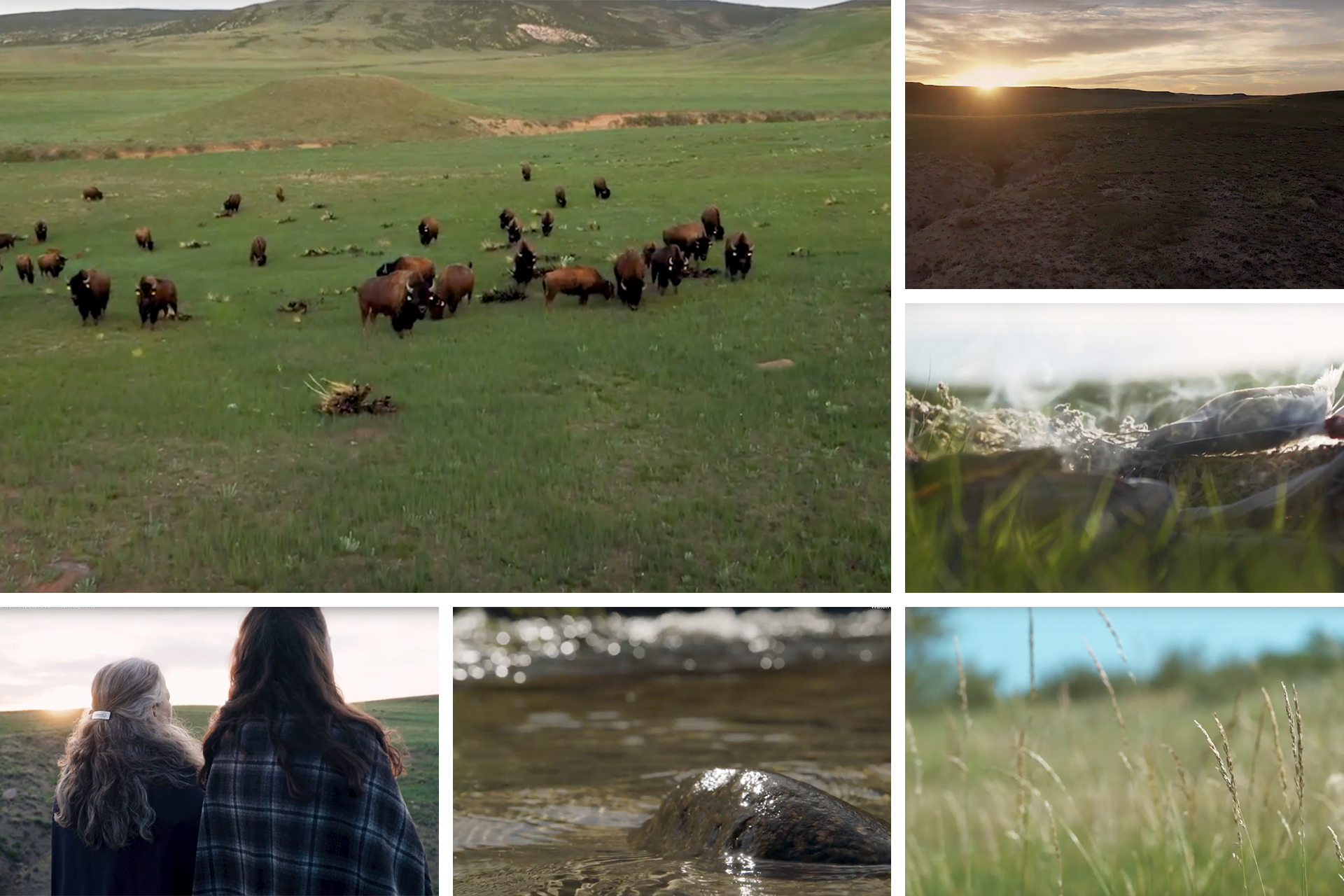Land Acknowledgment
Video, website add new dimension to CSU’s Land Acknowledgment by Joe Giordano published Jan. 22, 2019Sunrise on the Front Range. Bison roaming Soapstone Prairie. A 1906 recording of the Hopi Nation “Eagle” song. The voices of Colorado State University.
These are just a few of the sights and sounds in the new cinematic video representing CSU’s Land Acknowledgment Statement. An accompanying website provides important contextual information and additional resources.
The two-minute video and in-depth website, launched in November, add another dimension to the Land Acknowledgment Statement, which CSU adopted in 2019 to respect the ties of Indigenous people to the land on which the University operates. It is designed to be presented before University events.
“Having an opportunity to create a video that captures that statement was an exciting opportunity to give that three-dimensionality to it,” said Doreen Martinez, a Native American Studies faculty member in the Department of Ethnic Studies who directed the video. “We really wanted people to have the ability to see and feel and experience and understand from an Indigenous perspective what the Land Acknowledgment Statement means.”
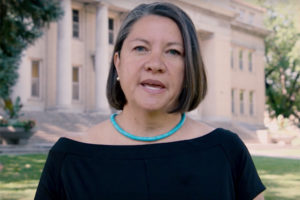
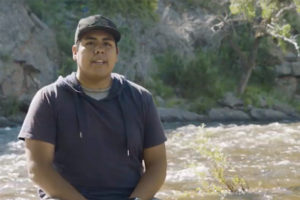
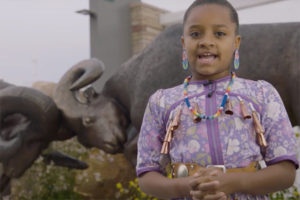
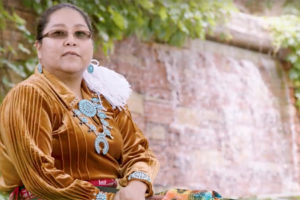
The Land Acknowledgment video features the voices of youth, students, staff and elders.
The video was developed over several months by the Native American Advisory Council, with production work led by Martinez and CSU Division of External Relations Video Producer Brian Buss. External Relations’ Ben Ward, Eric Hoffman and Jason Russell also shot video for the piece.
Both Martinez and Buss traveled around Northern Colorado to produce the video, which includes visuals designed to evoke both the past and present as well as a montage of Native voices from across generations and nations reciting the statement.
“We wanted the video to be contemporary and not just historical references,” Martinez said. “We wanted it to show people. We wanted it to show the land.”
Visit the CSU Land Acknowledgment Statement website
Watch the video of the CSU Land Acknowledgment and get important contextual information about the statement on the website.
A call to action
The Land Acknowledgment video ends with a call to action, encouraging the campus community to consider their responsibility in education and inclusion as well as to the lands.
“We’re trying to be sincere and call people to do more than just show the video or just say the statement at events,” Martinez said. “We hope they feel a commitment to do something, whether that happens because it evokes a certain emotion or a responsibility.”
Tiffani Kelly, assistant director of CSU’s Native American Cultural Center, said that the Land Acknowledgment Statement requires a certain level of engagement. She pointed to the new website as a starting point to foster research and deeper conversations.
“The Land Acknowledgment Statement is meant to be an opportunity for people to engage in some critical conversations,” said Kelly, who played a key role in the website’s development. “The hope with the website is that it can be that landing pace. It has context. It has resources. It has educational opportunities.”
Both Martinez and Kelly said the outpouring of support since the video’s release has been tremendous, with many asking how to use and share the video.
Martinez said the Native American Advisory Council is currently working on a how-to guide that will live on the website to help the CSU community. It will include examples of people reading the statement as well as guidelines for using the video.
Land Acknowledgment Statements
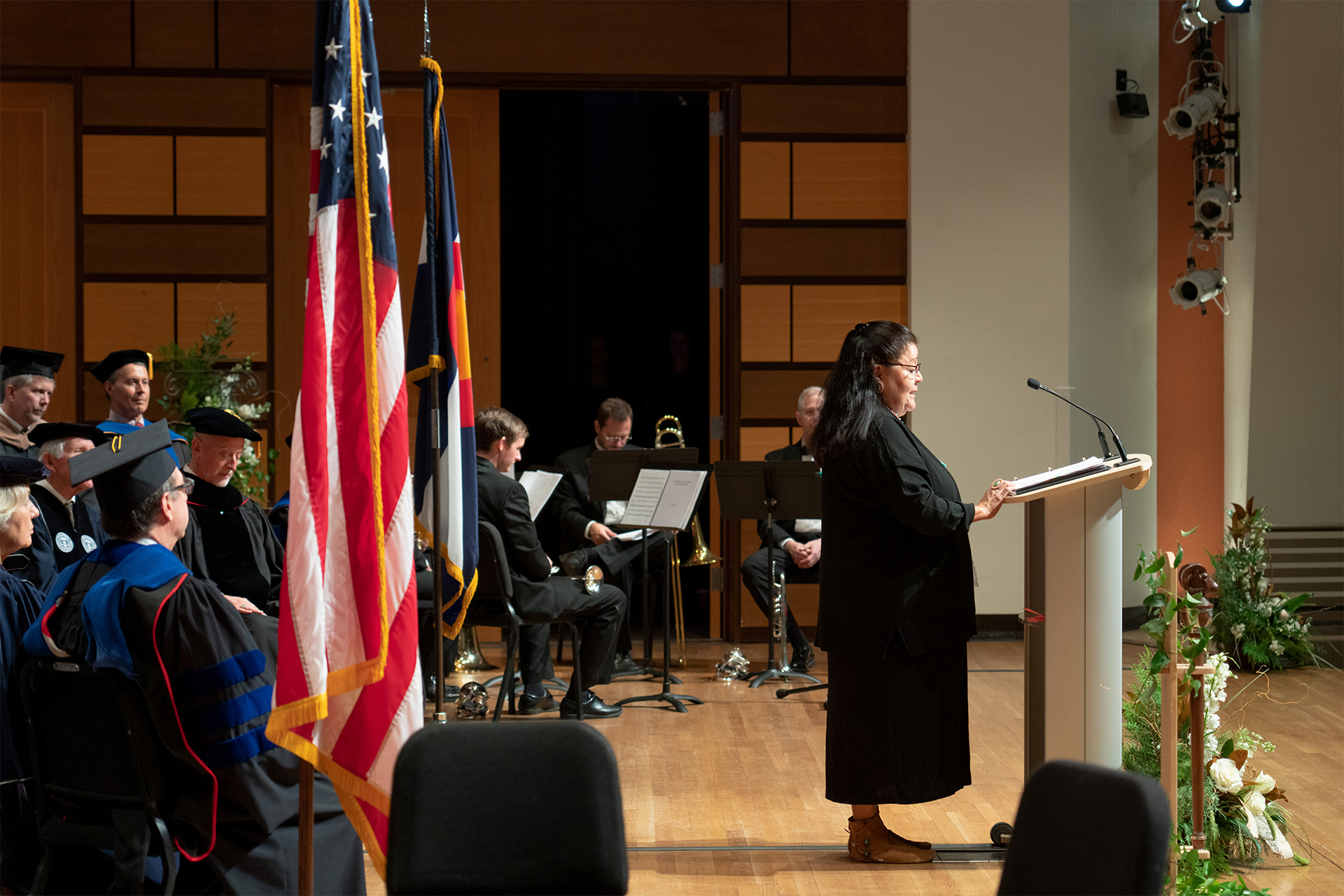
Jan Iron, an IT professional in the College of Agricultural Sciences, shares CSU’s Land Acknowledgment Statement during the inauguration of President Joyce McConnell in November 2019. Photo by Joe Mendoza
Over the past several years, many universities in the United States and Canada have adopted Land Acknowledgment Statements, often read at the start of events, but very few have videos similar to CSU.
Martinez attributed that to the amount of time and the deep level of research that went into the video as well as the statement itself. She said the written words of the statement took almost two years to create, with the video taking another six months to produce.
As a first-time director, Martinez said she enjoyed traveling with Buss around Northern Colorado, filming the land as well as the Native voices that make up the video. She added that she was very intentional in the video’s rhythm, a nod to the cadence of spoken words in Indigenous cultures.
Looking back on producing the video, Martinez said the experience provided her a deeper connection to the land and the people. She recounted moments that occurred during the filming, such as seeing a mother moose and her calf walking in the wilderness, and witnessing a rainbow with the young girl who is featured in the video.
“It’s hard not to grin when I see the video,” Martinez said. “I say that because it really does represent a lot in terms of my own history and my work. There’s a little bit of joy in being able to contribute to the beauty that we all share.”
In their own words
Read Doreen Martinez and Lindsey Schneider’s piece in SOURCE on CSU’s Land Acknowledgment Statement and the need to reflect upon the dire cost paid by the original people of these lands.
